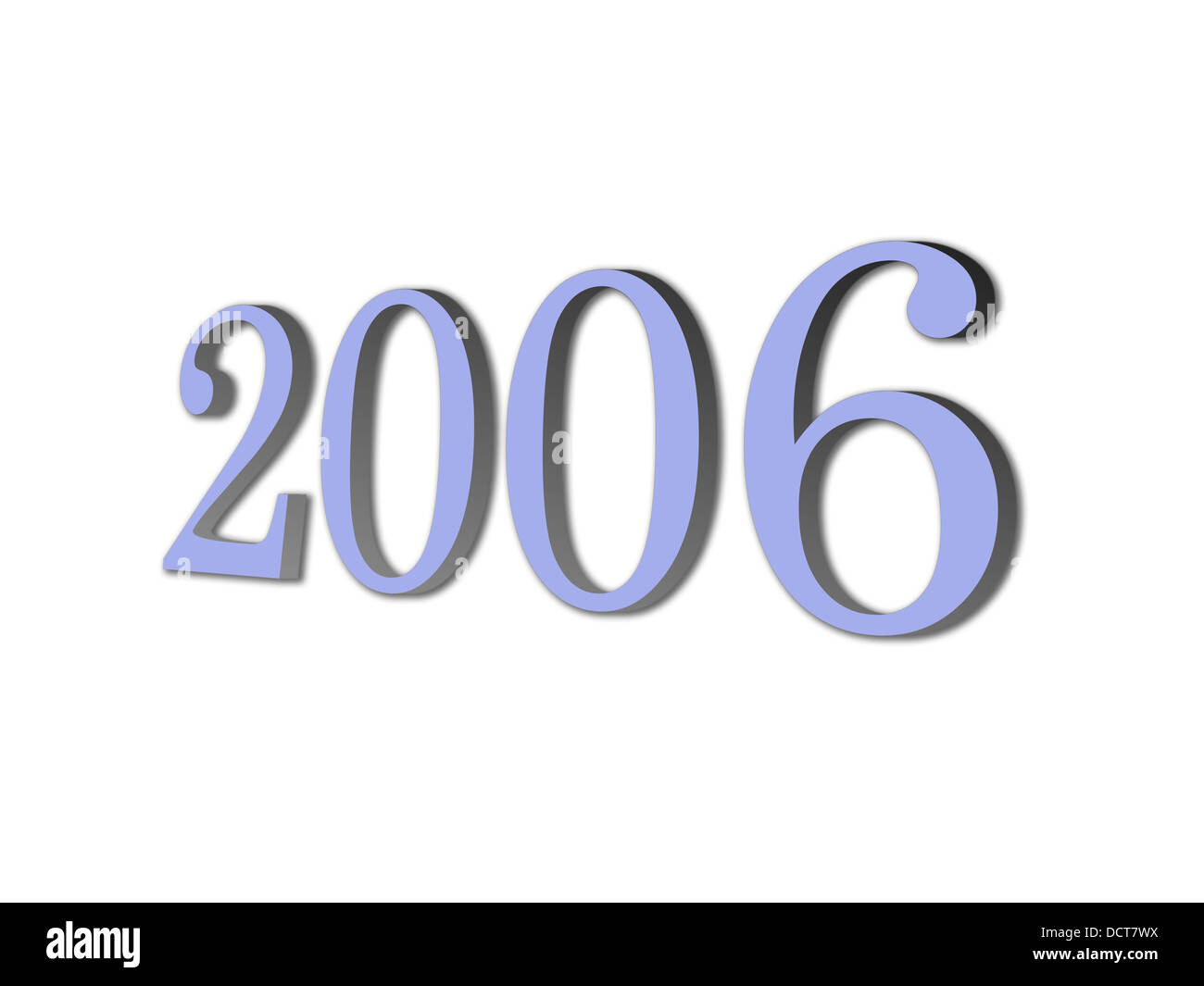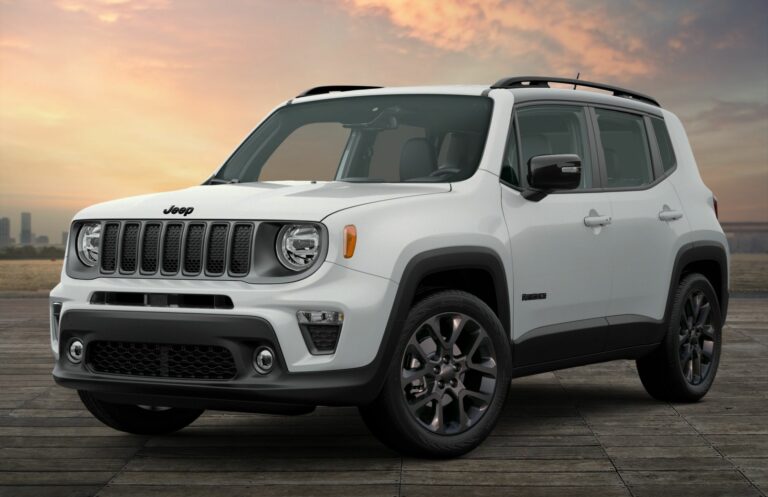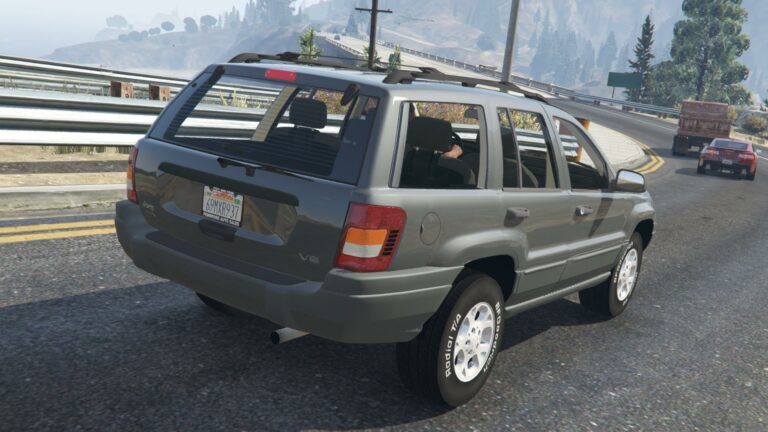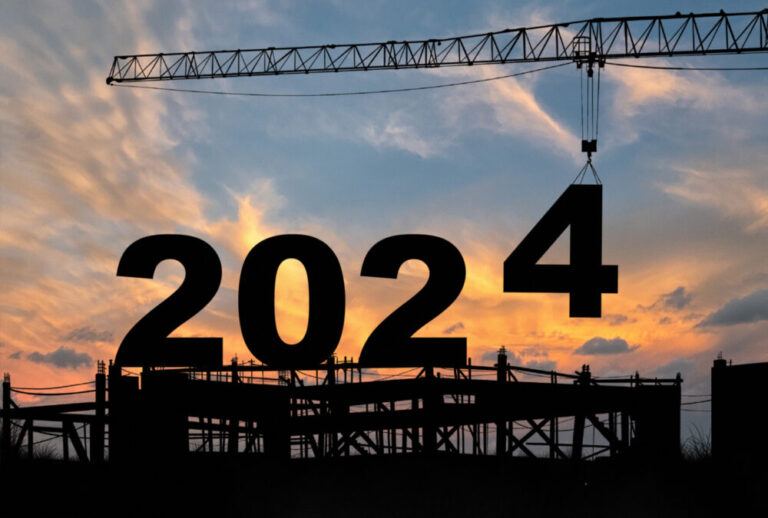2006 Jeep Grand Cherokee 3.7 Engine For Sale: Your Comprehensive Guide to Replacement and Revival
2006 Jeep Grand Cherokee 3.7 Engine For Sale: Your Comprehensive Guide to Replacement and Revival jeeps.truckstrend.com
The 2006 Jeep Grand Cherokee, part of the WK generation, holds a special place in the hearts of many SUV enthusiasts. Known for its rugged capability, comfortable ride, and iconic styling, it remains a popular choice on the used car market. However, like any vehicle of its age, components can wear out, and one of the most significant parts to consider replacing is the engine. Specifically, the 3.7-liter V6 PowerTech engine, a workhorse found in many Chrysler, Dodge, and Jeep vehicles of that era, often becomes the focal point when a Grand Cherokee needs a new lease on life.
This comprehensive guide is designed for anyone searching for a "2006 Jeep Grand Cherokee 3.7 engine for sale." Whether your current engine has given up the ghost, you’re restoring a beloved vehicle, or you’re simply planning for the future, understanding the intricacies of sourcing and installing a replacement engine is paramount. We’ll delve into everything from engine specifications and types available on the market to crucial buying considerations, common issues, and practical advice to ensure your investment pays off.
2006 Jeep Grand Cherokee 3.7 Engine For Sale: Your Comprehensive Guide to Replacement and Revival
Understanding the 2006 Jeep Grand Cherokee 3.7L PowerTech Engine
The 3.7-liter PowerTech V6 engine (EWG) was a staple in many DaimlerChrysler vehicles from the early 2000s through the early 2010s. In the 2006 Jeep Grand Cherokee, this engine provided a balance of power and efficiency for daily driving and light off-roading.
Key Specifications:
- Displacement: 3.7 liters (226 cubic inches)
- Cylinders: V6
- Valves: 12 (2 valves per cylinder)
- Horsepower (approx.): 210 hp @ 5200 rpm
- Torque (approx.): 235 lb-ft @ 4000 rpm
- Fuel System: Multi-port fuel injection (MPI)
- Block Material: Cast Iron
- Head Material: Aluminum


While generally considered a robust engine, the 3.7L V6 is known for a few common characteristics and potential issues, which we’ll discuss later. Its widespread use means parts are readily available, making it a viable candidate for replacement rather than scrapping an otherwise good vehicle.
Why Are You Looking for a 2006 Jeep Grand Cherokee 3.7 Engine?
Understanding the reason behind your engine search will significantly influence your buying decision.
- Catastrophic Engine Failure: This is the most common reason. Issues like a thrown rod, cracked block, severe overheating, or complete seizure often necessitate a full engine replacement.
- High Mileage and Wear: Even without a catastrophic failure, an engine with very high mileage might be consuming excessive oil, losing compression, or developing persistent noises, indicating it’s nearing the end of its reliable life.
- Accident Damage: In some collision scenarios, the engine itself might be damaged beyond repair, even if the vehicle’s frame is salvageable.
- Vehicle Restoration/Project: Enthusiasts often seek out a fresh engine for a restoration project to ensure longevity and peak performance.
- Cost-Effectiveness: For many, replacing the engine is a more economical option than purchasing a new or newer used vehicle, especially if the rest of the Grand Cherokee is in good condition.

Types of 2006 Jeep Grand Cherokee 3.7 Engines For Sale
When searching for a replacement engine, you’ll encounter a few distinct categories, each with its own pros, cons, and price point.
1. Used/Salvaged Engines
These are engines pulled from other vehicles, typically from junkyards, salvage yards, or wrecked cars.
- Pros: Most affordable option. Readily available.
- Cons: Unknown history, mileage, and maintenance. Condition can vary wildly. Often comes with a very limited or no warranty. Risk of hidden issues.
- Where to Find: Local salvage yards, online marketplaces (eBay, Craigslist, Facebook Marketplace), specialized used auto parts dealers.
2. Remanufactured/Rebuilt Engines
A remanufactured engine has been completely disassembled, cleaned, inspected, and had all worn or damaged components replaced with new or reconditioned parts. This often includes new pistons, rings, bearings, gaskets, seals, and a valve job.
- Pros: Close to new performance and reliability. Thoroughly tested. Typically comes with a significant warranty (1-3 years, unlimited mileage is common). All critical wear items are new.
- Cons: More expensive than used engines. May require a "core" return (your old engine) to avoid an additional charge.
- Where to Find: Reputable engine remanufacturing companies, specialized auto parts suppliers, some large dealerships.
3. New Crate Engines
A new crate engine is a brand-new engine assembly straight from the manufacturer or an authorized supplier.
- Pros: Unparalleled reliability and peace of mind. Full manufacturer warranty.
- Cons: Most expensive option. For a 2006 model, a brand-new 3.7L V6 might be extremely rare or non-existent from Stellantis (Jeep’s parent company), though some specialized aftermarket suppliers might offer new assemblies.
- Where to Find: OEM parts departments (unlikely for an entire engine of this age), very specialized performance engine builders.
Key Considerations When Buying a 2006 Jeep Grand Cherokee 3.7 Engine
Making an informed decision is crucial. Here’s what to look for:
- Mileage: For used engines, lower mileage is generally preferred, but it’s not the only factor. A well-maintained engine with higher mileage can outperform a neglected one with fewer miles.
- Condition Assessment:
- Visual Inspection: Look for signs of external leaks (oil, coolant), cracks in the block or heads, excessive corrosion, or obvious damage.
- Oil Quality: If possible, check the oil. Sludge indicates poor maintenance; metal flakes are a red flag.
- Compression Test: If buying locally and possible, a compression test is invaluable for a used engine to assess internal health.
- Crankshaft Rotation: Manually try to turn the crankshaft to ensure it rotates smoothly without binding.
- Included Accessories: Confirm what comes with the engine. Does it include the intake manifold, exhaust manifolds, fuel injectors, sensors, alternator, power steering pump, and A/C compressor? Often, only the "long block" (block and heads) is included, requiring you to transfer accessories from your old engine.
- Source Reliability and Reputation:
- Used Engines: Buy from reputable salvage yards or dismantlers with good reviews. Ask about the donor vehicle (VIN, mileage, reason for salvage).
- Remanufactured Engines: Choose companies with a proven track record, clear warranty policies, and positive customer feedback.
- Warranty: This is perhaps the most critical factor, especially for used and remanufactured engines.
- Duration: How long is the warranty valid? (e.g., 30 days, 90 days, 1 year, 3 years).
- Coverage: What does it cover? (parts only, labor, specific components).
- Conditions: Are there specific installation requirements or break-in procedures to maintain warranty validity?
- Shipping and Handling: Factor in shipping costs, which can be substantial for an engine. Ensure the engine is properly crated and insured for transit.
- Compatibility: While the 3.7L V6 is generally consistent, always verify the exact year and application to ensure complete compatibility with your 2006 Grand Cherokee. Providing your VIN to the seller is always a good practice.
- Core Charge: For remanufactured engines, you’ll likely pay a core charge, which is refunded when you return your old, rebuildable engine. Ensure you understand the core return policy and deadlines.
The Buying Process: A Step-by-Step Guide
- Research & Identify Your Needs: Determine if you need a used, remanufactured, or new engine based on your budget, desired reliability, and the vehicle’s overall condition.
- Find Reputable Sellers: Search online (dedicated engine suppliers, salvage yard networks, major auto parts retailers) and locally. Check reviews and ratings.
- Gather Vehicle Information: Have your 2006 Grand Cherokee’s VIN readily available.
- Inquire Thoroughly:
- Ask about the engine’s history (if used).
- Request detailed photos and, if possible, videos.
- Clarify what exactly is included with the engine (long block, full dressed, accessories).
- Understand the warranty terms, return policy, and core charge.
- Get a Quote: Obtain a comprehensive quote that includes the engine price, shipping, core charge, and any applicable taxes.
- Pre-Purchase Inspection (If Local): If you can physically inspect a used engine, bring a knowledgeable mechanic.
- Negotiate: Don’t be afraid to negotiate, especially on used engines.
- Secure Payment & Shipping: Use secure payment methods. Ensure proper crating and shipping insurance.
Common Issues and Solutions for the 3.7L PowerTech Engine
While the 3.7L is generally considered reliable, awareness of its common quirks can help you identify a good engine and maintain it properly.
- Oil Sludge Build-up: This is perhaps the most notorious issue, often due to infrequent oil changes or using conventional oil for extended periods. It can lead to oil starvation and premature wear of components like valve lifters and rocker arms.
- Solution (for a new/replacement engine): Use synthetic or high-quality conventional oil and adhere strictly to the manufacturer’s recommended oil change intervals (or even more frequently).
- Valve Seat Issues: Less common, but some instances of valve seat dropping or wear have been reported, leading to loss of compression.
- Cylinder Head Warping: Overheating is a primary cause. Always ensure the cooling system is in top shape.
- Oil Pressure Sensor Failure: A common sensor issue, often leading to false low oil pressure warnings. This is a sensor replacement, not an engine internal problem.
When buying a used engine, try to ascertain if it shows signs of these issues. For remanufactured engines, these problems should have been addressed during the rebuild process.
Installation Considerations
Once you have your replacement engine, installation is the next major step.
- DIY vs. Professional: Swapping an engine is a complex job requiring specialized tools and expertise. Unless you are an experienced mechanic, it’s highly recommended to have a professional shop handle the installation.
- Additional Parts: Plan to replace many ancillary components during the swap, including:
- All gaskets and seals (intake, exhaust, valve cover, oil pan, rear main seal)
- Spark plugs and ignition coils
- Thermostat and coolant
- Belts and hoses
- Fluids (engine oil, transmission fluid, power steering fluid)
- Sensors (O2 sensors, crank/cam sensors, etc. – inspect and replace as needed)
- Break-in Procedure: If installing a new or remanufactured engine, follow the manufacturer’s specific break-in procedure. This typically involves careful driving, avoiding heavy loads or high RPMs for the initial miles, and often an early oil change.
Price Table: 2006 Jeep Grand Cherokee 3.7 Engine For Sale
The following table provides estimated price ranges for different types of 2006 Jeep Grand Cherokee 3.7L engines. Note that these are approximations and can vary based on supplier, location, demand, and included accessories.
| Engine Type | Estimated Price Range (USD) | Typical Mileage Range | Warranty Period (Typical) | Key Pros | Key Cons |
|---|---|---|---|---|---|
| Used/Salvaged Engine | $800 – $1,800 | 80,000 – 150,000+ miles | 30-90 days (limited) | Most affordable, readily available | Unknown history, potential hidden issues |
| Remanufactured/Rebuilt Engine | $2,500 – $4,500 | 0 miles (since rebuild) | 1-3 years (unlimited mileage) | Like-new performance, tested, warranty | Higher cost than used, requires core return |
| New Crate Engine | $5,000+ (if available) | 0 miles | 3+ years (OEM warranty) | Brand new, maximum reliability, full warranty | Very high cost, rare for this older model |
Important Additional Costs to Consider:
- Shipping: Often $200 – $600+ depending on distance and carrier.
- Core Charge: For remanufactured engines, typically $300 – $800 (refundable upon return of old engine).
- Installation Labor: $800 – $2,000+ depending on shop rates and complexity.
- Ancillary Parts & Fluids: $300 – $800+ for gaskets, seals, hoses, belts, spark plugs, sensors, oil, coolant, etc.
Frequently Asked Questions (FAQ)
Q1: Is the 3.7L V6 a reliable engine for the 2006 Jeep Grand Cherokee?
A1: Generally, yes, it’s considered a robust engine, especially with proper maintenance. Its main vulnerability is sludge build-up from infrequent oil changes. Addressing this and ensuring good cooling system health contributes to its longevity.
Q2: What’s the main difference between a used and a remanufactured engine?
A2: A used engine is pulled from another vehicle and sold as-is, with unknown internal wear. A remanufactured engine has been completely disassembled, cleaned, inspected, and rebuilt with new or reconditioned parts, essentially bringing it back to "like-new" specifications, and typically comes with a warranty.
Q3: How much does it cost to install a 2006 Jeep Grand Cherokee 3.7 engine?
A3: Installation labor typically ranges from $800 to $2,000 or more, depending on your location, the shop’s rates, and the complexity of the swap. This is separate from the engine’s purchase price and the cost of additional parts.
Q4: Can I put a different engine in my 2006 Grand Cherokee (e.g., a V8)?
A4: While technically possible, an engine swap to a different type (like a V8) is a highly complex and expensive undertaking. It requires significant modifications to the transmission, wiring harness, engine mounts, cooling system, exhaust, and often the vehicle’s computer (PCM). It’s generally not recommended unless you are an experienced fabricator or have a very large budget for a custom build. Sticking with the 3.7L is the most straightforward and cost-effective replacement.
Q5: What should I ask a seller before buying a used engine?
A5: Always ask for the donor vehicle’s VIN, mileage, and the reason it was salvaged. Inquire about any known issues with the engine, whether it was tested, and what exactly is included with the engine (e.g., long block, accessories). Most importantly, get details on their warranty and return policy.
Q6: Do I need to return my old engine (core charge)?
A6: If you purchase a remanufactured engine, almost certainly yes. The core charge is a deposit you pay that is refunded when you return your old engine (the "core") to the supplier. This allows them to rebuild it for future sales. Ensure your old engine is complete and not severely damaged (e.g., a hole in the block) for core eligibility.
Conclusion
Finding a "2006 Jeep Grand Cherokee 3.7 engine for sale" is more than just a transaction; it’s an investment in extending the life and utility of your beloved SUV. By thoroughly researching your options, understanding the differences between used, remanufactured, and new engines, and focusing on reputable sellers with solid warranties, you can navigate this process with confidence. A well-chosen replacement engine, coupled with professional installation and diligent maintenance, will ensure your 2006 Grand Cherokee continues to provide reliable service for many miles and adventures to come. Don’t rush the decision; take the time to find the right engine for your needs and budget, and you’ll be back on the road enjoying the legendary Jeep experience in no time.





